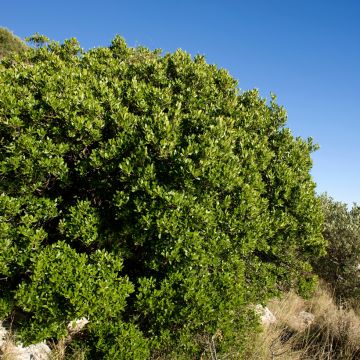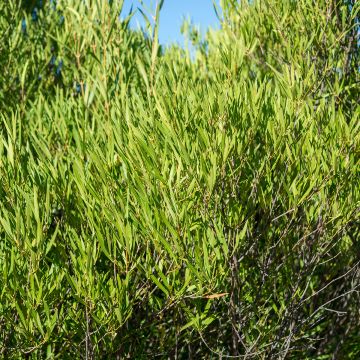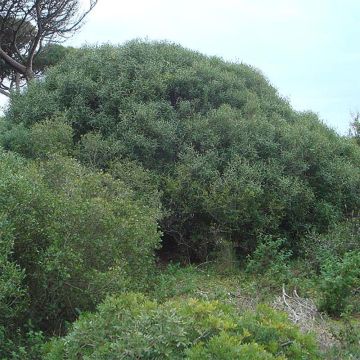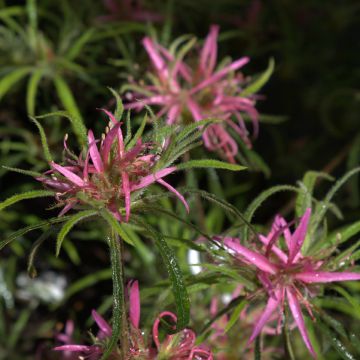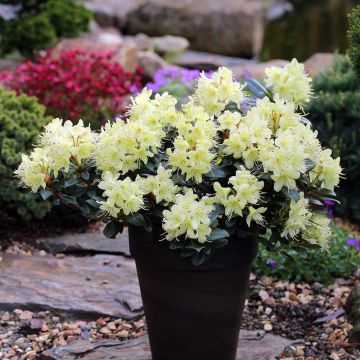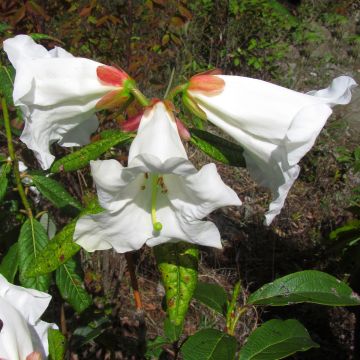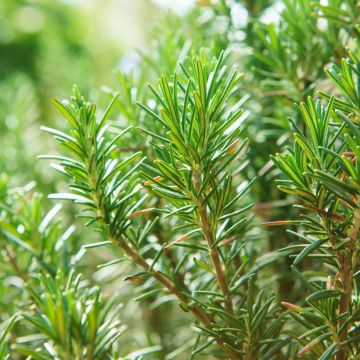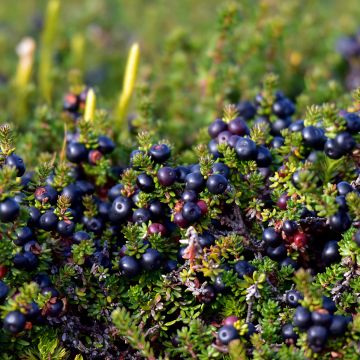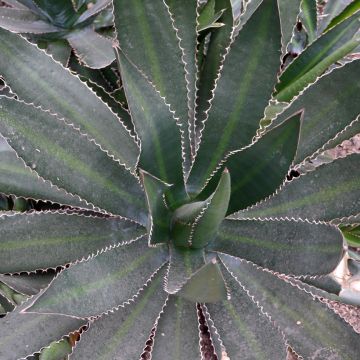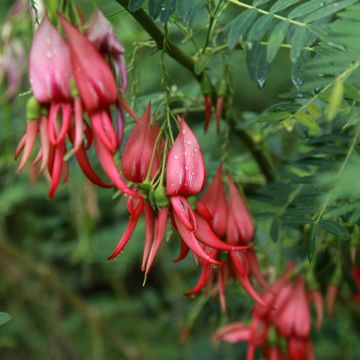

Phillyrea media Green Up - Mock Privet
Phillyrea media Green Up - Mock Privet
Phillyrea angustifolia Green Up
Narrow-leaved Mock Privet
Very good, as it has been for many years.
Réa, 25/03/2024
Special offer!
Receive a €20 voucher for any order over €90 (excluding delivery costs, credit notes, and plastic-free options)!
1- Add your favorite plants to your cart.
2- Once you have reached €90, confirm your order (you can even choose the delivery date!).
3- As soon as your order is shipped, you will receive an email containing your voucher code, valid for 3 months (90 days).
Your voucher is unique and can only be used once, for any order with a minimum value of €20, excluding delivery costs.
Can be combined with other current offers, non-divisible and non-refundable.
Home or relay delivery (depending on size and destination)
Schedule delivery date,
and select date in basket
This plant carries a 24 months recovery warranty
More information
We guarantee the quality of our plants for a full growing cycle, and will replace at our expense any plant that fails to recover under normal climatic and planting conditions.

Would this plant suit my garden?
Set up your Plantfit profile →
Description
The Phillyrea angustifolia Green Up is an interesting selection for its upright habit, narrower and denser than that of the shrub called Filaria or Filaire found in garrigues and southern hills. Related to the olive tree but more discreet and modest, this plant is also hardier and undemanding. Elegant in habit, with narrow dark green leaves, Green Up also charms in spring with the fragrance of its small nectar-rich flowers, and in autumn with its berries resembling small olives, sought after by birds. In dry soil, this shrub is ideal for creating a hedge or the evergreen structure of the garden. An excellent alternative to boxwood and olive trees, it has no enemies, except for frost when it drops below -15°C (5°F)!
Filaria is an evergreen shrub belonging to the olive family, related to the olive tree and Osmanthus, native to the Mediterranean basin and the Middle East. In France, it is found in the undergrowth covering rocky hills, often associated with the holm oak, rooted in rocks but not shying away from clayey and suffocating soils. Like the holm oak, it extends further north to the southwest departments, for example in the Lot. There are two species, Filaria angustifolia and F. latifolia. Their natural hybrid called Filaria (x) media can take on variable forms. Green Up was selected for its distinctive habit, more upright than that of other filarias.
The Phillyrea angustifolia Green Up naturally forms a small tree with a single trunk, branching from the base, with a dense and oval crown. If left unpruned, it rarely exceeds 2m (7ft) in height and 1.50m (5ft) in spread. Its growth is quite slow in poor soil, a bit faster in deep and fertile soil. It bears bronze young shoots that become narrow and elongated leaves, leathery, 3 to 5cm (1 to 2in) long and 1cm (1in) wide, a fairly deep green on the upper side, paler and velvety on the underside. They are slightly shiny. Flowering occurs from March to May depending on the region. The flowers are quite inconspicuous, not exceeding 1cm (1in) and are a slightly greenish cream color. Gathered in small clusters in the axils of the leaves, they are slightly fragrant and nectar-rich. The flowering is followed by the formation of fruits called drupes containing a stone, which are not edible. They turn blackish-blue when ripe in autumn. This small tree can live for many years in poor and dry soil.
Truly easy to grow, the Filaria Green Up only fears very cold winters, especially when young. As it is not afraid of sea spray, it can be adopted without hesitation by the seaside, especially in a windbreak hedge. Like Pistacia lentiscus, laurel-tin, strawberry trees, myrtles, and Rhamnus alaternus, it is perfect for creating a free hedge or the evergreen structure of the garden. These southern shrubs even tolerate shade and root competition. Also grow this filaria in the undergrowth, alongside acanthus, Bupleurum fruticosum, or Choisya ternata. As it tolerates repeated pruning well, it can be used in topiary art and shaped into original forms.
Report an error about the product description
Phillyrea media Green Up - Mock Privet in pictures
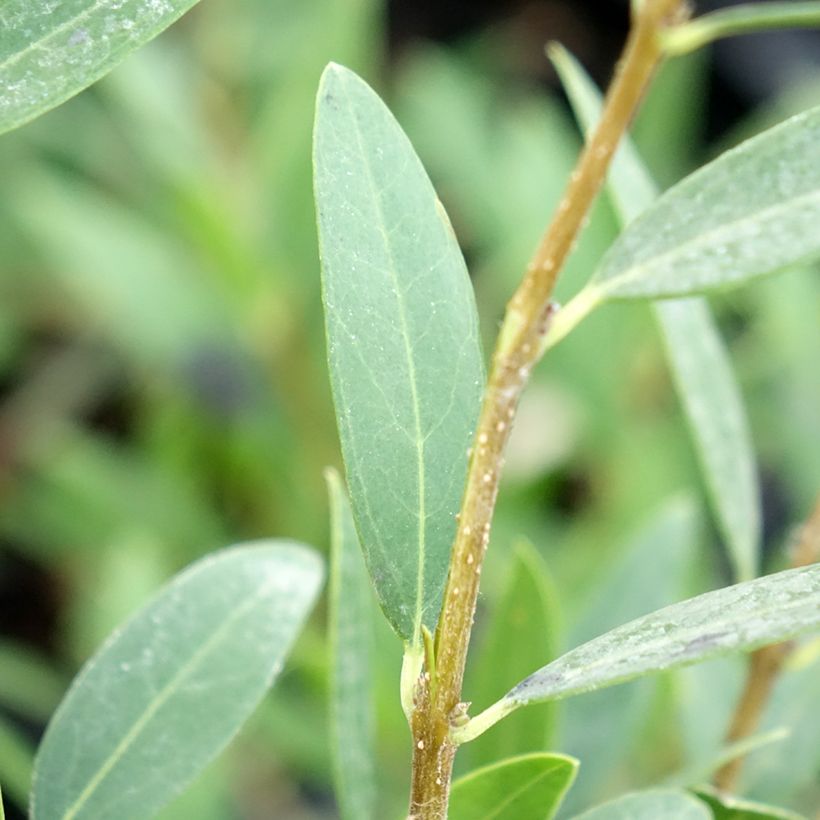

Plant habit
Flowering
Foliage
Botanical data
Phillyrea
angustifolia
Green Up
Oleaceae
Narrow-leaved Mock Privet
Mediterranean
Other Phillyrea
View all →Planting and care
The Phillyrea angustifolia Green Up is a very tolerant bush in terms of soil and exposure. Nevertheless, to ensure a good start, care should be taken to plant it in well-worked soil to allow its roots to descend more quickly. In hot and dry climates, it is best planted in early autumn, while in areas with borderline hardiness, a spring planting is preferable. An adult bush will withstand short frosts of around -12/-15°C (10.4/5°F), in well-drained soil and in a sheltered position, regrowing from the stump when its vegetation has been damaged. Water abundantly, but spaced out over the first two or three summers to help the bush establish well. Afterwards, it will not need any water at all during the summer, even in hot and dry regions. It is advisable to protect young plants with a winter cover if significant frosts are forecasted during the first winters. This Filaria tolerates limestone and clay soils very well in dry climates. It also tolerates slightly acidic soils, both compact and moist in winter if it does not freeze too much. This bush is very well adapted to drought and summer heat. It tolerates pruning very well, which allows it to be shaped into a hedge or topiary.
Planting period
Intended location
Care
Planting & care advice
-
, onOrder confirmed
Reply from on Promesse de fleurs
Similar products
Haven't found what you were looking for?
Hardiness is the lowest winter temperature a plant can endure without suffering serious damage or even dying. However, hardiness is affected by location (a sheltered area, such as a patio), protection (winter cover) and soil type (hardiness is improved by well-drained soil).

Photo Sharing Terms & Conditions
In order to encourage gardeners to interact and share their experiences, Promesse de fleurs offers various media enabling content to be uploaded onto its Site - in particular via the ‘Photo sharing’ module.
The User agrees to refrain from:
- Posting any content that is illegal, prejudicial, insulting, racist, inciteful to hatred, revisionist, contrary to public decency, that infringes on privacy or on the privacy rights of third parties, in particular the publicity rights of persons and goods, intellectual property rights, or the right to privacy.
- Submitting content on behalf of a third party;
- Impersonate the identity of a third party and/or publish any personal information about a third party;
In general, the User undertakes to refrain from any unethical behaviour.
All Content (in particular text, comments, files, images, photos, videos, creative works, etc.), which may be subject to property or intellectual property rights, image or other private rights, shall remain the property of the User, subject to the limited rights granted by the terms of the licence granted by Promesse de fleurs as stated below. Users are at liberty to publish or not to publish such Content on the Site, notably via the ‘Photo Sharing’ facility, and accept that this Content shall be made public and freely accessible, notably on the Internet.
Users further acknowledge, undertake to have ,and guarantee that they hold all necessary rights and permissions to publish such material on the Site, in particular with regard to the legislation in force pertaining to any privacy, property, intellectual property, image, or contractual rights, or rights of any other nature. By publishing such Content on the Site, Users acknowledge accepting full liability as publishers of the Content within the meaning of the law, and grant Promesse de fleurs, free of charge, an inclusive, worldwide licence for the said Content for the entire duration of its publication, including all reproduction, representation, up/downloading, displaying, performing, transmission, and storage rights.
Users also grant permission for their name to be linked to the Content and accept that this link may not always be made available.
By engaging in posting material, Users consent to their Content becoming automatically accessible on the Internet, in particular on other sites and/or blogs and/or web pages of the Promesse de fleurs site, including in particular social pages and the Promesse de fleurs catalogue.
Users may secure the removal of entrusted content free of charge by issuing a simple request via our contact form.
The flowering period indicated on our website applies to countries and regions located in USDA zone 8 (France, the United Kingdom, Ireland, the Netherlands, etc.)
It will vary according to where you live:
- In zones 9 to 10 (Italy, Spain, Greece, etc.), flowering will occur about 2 to 4 weeks earlier.
- In zones 6 to 7 (Germany, Poland, Slovenia, and lower mountainous regions), flowering will be delayed by 2 to 3 weeks.
- In zone 5 (Central Europe, Scandinavia), blooming will be delayed by 3 to 5 weeks.
In temperate climates, pruning of spring-flowering shrubs (forsythia, spireas, etc.) should be done just after flowering.
Pruning of summer-flowering shrubs (Indian Lilac, Perovskia, etc.) can be done in winter or spring.
In cold regions as well as with frost-sensitive plants, avoid pruning too early when severe frosts may still occur.
The planting period indicated on our website applies to countries and regions located in USDA zone 8 (France, United Kingdom, Ireland, Netherlands).
It will vary according to where you live:
- In Mediterranean zones (Marseille, Madrid, Milan, etc.), autumn and winter are the best planting periods.
- In continental zones (Strasbourg, Munich, Vienna, etc.), delay planting by 2 to 3 weeks in spring and bring it forward by 2 to 4 weeks in autumn.
- In mountainous regions (the Alps, Pyrenees, Carpathians, etc.), it is best to plant in late spring (May-June) or late summer (August-September).
The harvesting period indicated on our website applies to countries and regions in USDA zone 8 (France, England, Ireland, the Netherlands).
In colder areas (Scandinavia, Poland, Austria...) fruit and vegetable harvests are likely to be delayed by 3-4 weeks.
In warmer areas (Italy, Spain, Greece, etc.), harvesting will probably take place earlier, depending on weather conditions.
The sowing periods indicated on our website apply to countries and regions within USDA Zone 8 (France, UK, Ireland, Netherlands).
In colder areas (Scandinavia, Poland, Austria...), delay any outdoor sowing by 3-4 weeks, or sow under glass.
In warmer climes (Italy, Spain, Greece, etc.), bring outdoor sowing forward by a few weeks.






























